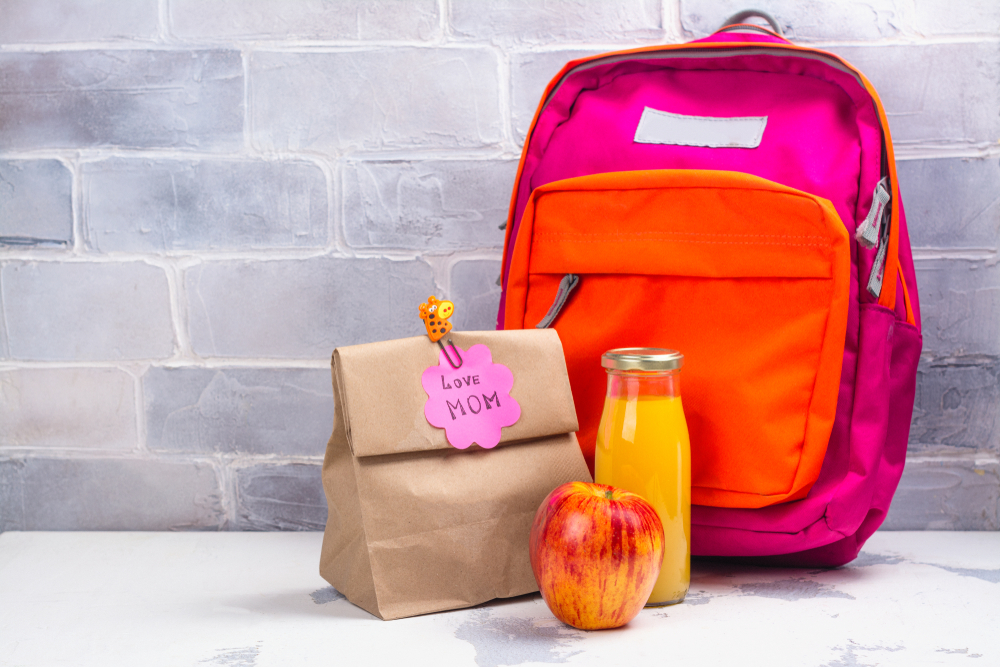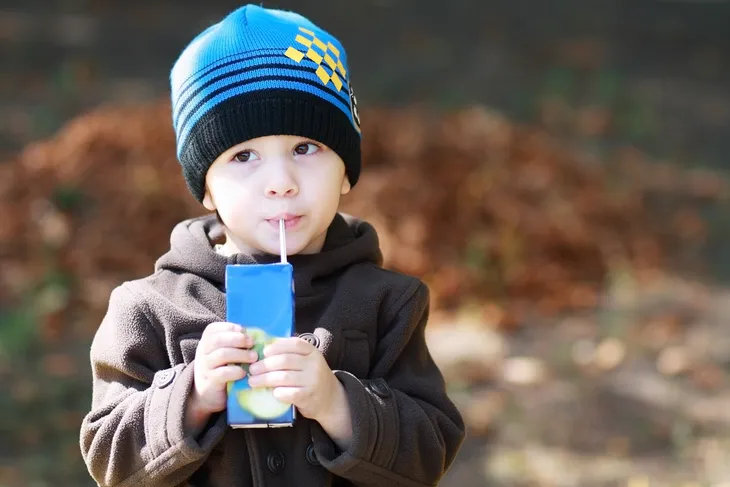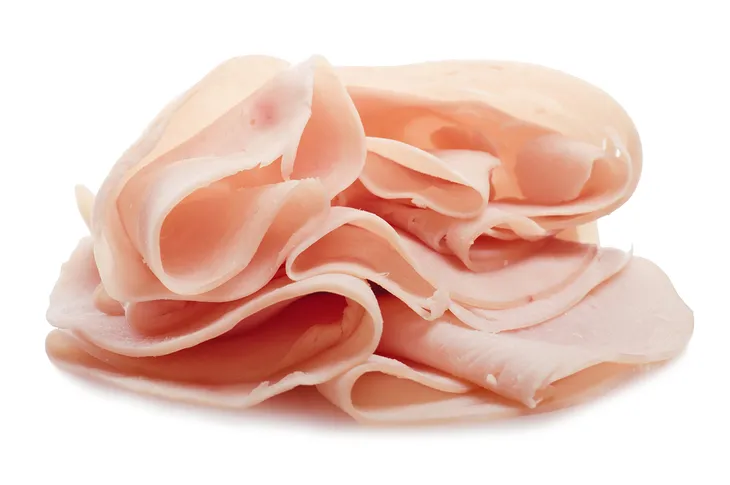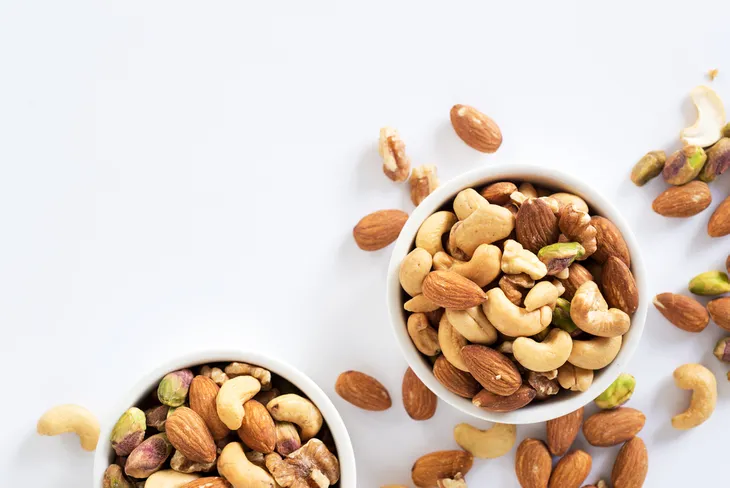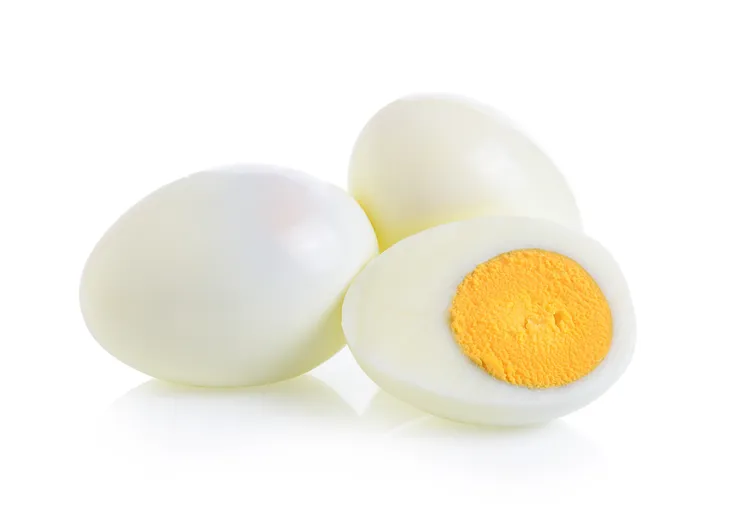You may want to cut corners and fill your child’s lunchbox with whatever they like or whatever you have handy—but while that may save you a bit of time, it will not pay off in the long run for the child’s health.
Not only can some sugary items cause your child to “crash” part way through the school day or lose focus, they can also add empty calories with little to no nutritional benefits. Here are six items to avoid tossing into your child’s lunchbox, even if your child puts up a fuss… (they’ll thank you later)…
Juice Boxes
These are a long-time staple of the lunchbox, but just because they’ve been around for a long time doesn’t make them the best choice. Juice boxes may claim to contain real fruit juice, and that may be true – but it probably also contains a lot more sugar than you’d care for your child to have in one sitting.
The Sydney Morning Herald noted in a 2015 article that juice can contain more sugar than cola. Some lunch-sized juices can have 5 or more teaspoons of sugar in them, up to almost 8-teaspoons according to the article. Fruit juice is also linked to weight gain and tooth decay, it adds.
Bags of Chips
Yes, chips are made of potatoes, which are good – but unfortunately in the processing, a lot is lost in translation. Also, some is added back, but not what you want added back—namely sodium (to enhance flavor) and fat.
If your child insists on a crispy snack, and doesn’t want celery, you can make your own healthier baked potato chips using thin slices of potato and herbs and spices instead of salt. This method retains vitamins and nutrients while being lower in fat than processed chips.
Cold Cuts
Protein is an important part of a balanced lunch, and meat can deliver that. However, don’t confuse freshly shaved deli meat with cold cuts in a package. The truth is packaged cold cuts (like bologna) are loaded with fats and sodium (not to say meats from the deli counter are perfect either).
ABC News noted in a 2013 report that “lunch meat”, as cold cuts are sometimes referred to, can also be high in nitrates (a preservative linked to cancers) and even fat-soluble pesticides. It suggests roasting your own leaner meats such as chicken or beef and slicing it yourself for sandwiches. The report also suggests canned salmon is also a healthy alternative.
Nuts
Nuts are generally a healthy snack and addition to lunches—at home. In the U.S. food allergies are rising, meaning even if your own child is not allergic to peanuts or tree nuts, other children they share the nuts might be. Even trace amounts of peanuts can be enough to set off potentially fatal reactions in children.
The Centers for Disease Control and Prevention says that peanuts and tree nuts are among 8-foods that account for 90-percent of food allergies in the U.S. You may not have to consider whether to put nuts in your child’s lunchbox—some schools have already banned foods containing nut products altogether.
Eggs
Eggs are of course packed with nutrition, but might not always be the best option to put in a lunchbox because they can spoil easily (and we all know what a spoiled egg smells like). Worse than that, eating eggs that are “off” can potentially make your child sick.
The Better Health Channel, operated by the state government of Victoria in Australia, said if you do put eggs in your child’s lunch they should be kept cool and not be packed right after being cooked (cool them in the fridge first). Cooked eggs should be eaten within about four hours of preparation, notes the resource. The same goes for dairy products (including yogurt).
Crackers
Crackers are a fun thing to include in a lunch box, as your child can load them up with cheese and other toppings. However, ABC News warns you to read the labels carefully as most crackers are loaded with fats and even sugars.
You should look for crackers that have whole wheat flour as one of the top ingredients, says ABC (it also suggests making your own crackers, if you are so inclined). Some crackers are so loaded with salt they can be difficult to swallow for some children because it dries their mouth almost instantly.
